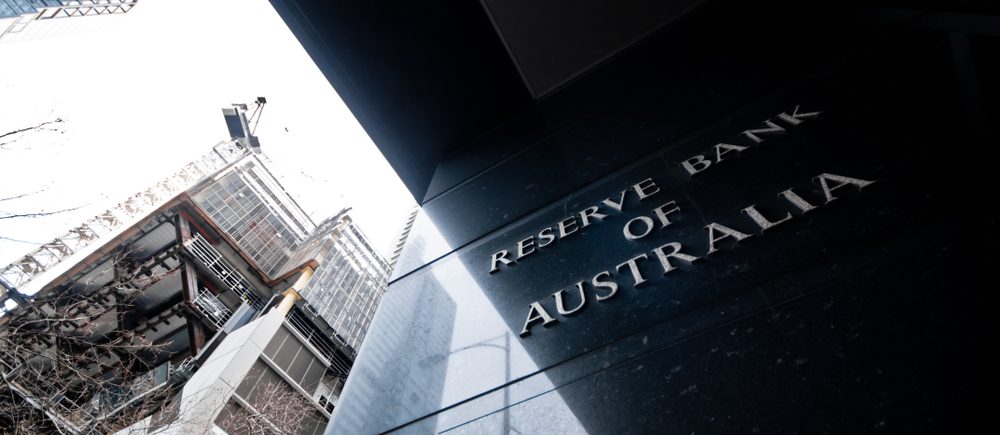As investors await the Reserve Bank of Australia’s next monetary policy decision, the AUD/USD pair recovers to 0.6460s, up 0.26%. A weaker US Dollar is caused by mixed US jobs data and Wall Street’s closure for Labour Day; the probability of a Fed rate hike in September remains at 92%. The Chinese real estate market’s recent good news and Cleveland Fed President Loretta Mester’s hawkish comments have complicated the currency situation.
In response to a risk-on sentiment and in anticipation of the Reserve Bank of Australia’s monetary policy announcement, the Australian dollar partially recovered from its losses from last Friday versus the US Dollar (USD). After hitting a daily low of 0.6440, the pair turned around and is currently trading at around 0.6460s, up 0.26% from where it opened.
Risk-on sentiment and mixed US jobs data fuel Aussie Dollar’s recovery; eyes on upcoming RBA monetary policy. The Labour Day holiday is still observed with the closure of Wall Street. The United States released mixed jobs data last week, with Nonfarm Payrolls coming in at 187K over predictions of 177K in August, failing to support the US dollar as the Unemployment Rate increased slightly. Later, the Institute for Supply Management reported that the manufacturing PMI for the US had reached 47.6 numbers, exceeding analysts’ expectations of 47.0 and the previous readings of 46.4.
Investor wagers on the US Federal Reserve’s ability to maintain tight monetary policy were reduced as a result. With the initial rate decrease occurring on May 1, the interest rate meeting in September still has a 92% chance of happening. Rates are expected to be about 5.14% on that day, 19 basis points less than the actual Federal Funds Rate (FFR), which is forecast to be 5.33%.
While waiting for the RBA’s decision, the Australian dollar gained strength because it was anticipated that the cash rate would remain at 4.10%. However, traders do not anticipate any further increases until the beginning of February 2024, despite a remote possibility of a nine-bps rate increase, as seen in the bottom image.
Additionally, news from China, which implemented measures to support its property market, which is on the verge of a disaster, boosted investors’ confidence. According to Bloomberg, home sales increased as a result of the government’s eased regulations.
Cleveland Fed President Loretta Mester comments in the central bank action that the unemployment rate is still low and that the job market is still in good shape. The policymaker, who has anticipated higher rates for a while, is still hawkish.
The AUD/USD continues negatively skewed but hasn’t been able to drop below the daily low from August 17 at 0.6364, which would justify more losses. Prior to the pair testing a far more significant support level at the October 13 swing low at 0.6169, intermediate support levels appear around the lows of November 22 and October 21 at 0.6272 and 0.6210, respectively. On the other hand, if the pair breaks through 0.6500, upside risks become obvious.

 Noor Trends News, Technical Analysis, Educational Tools and Recommendations
Noor Trends News, Technical Analysis, Educational Tools and Recommendations




